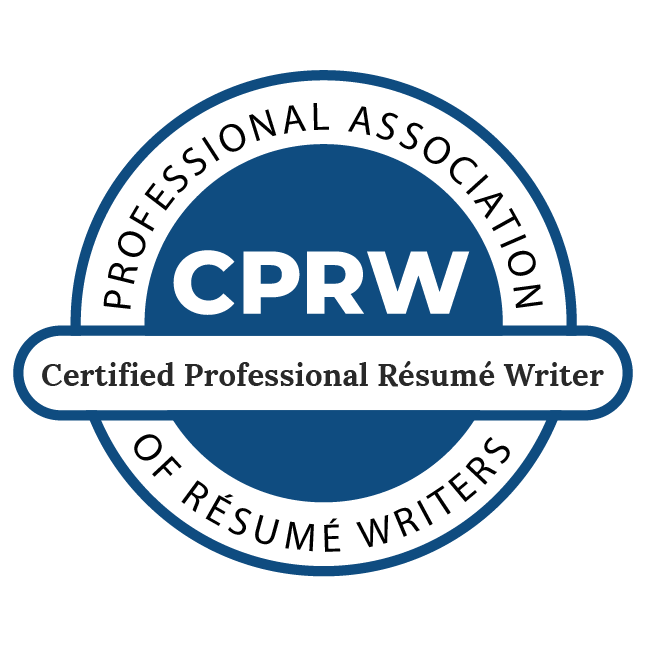Since I became a professional resume writer over 15 years ago, many things have changed. (Good-bye, small caps; hello, LinkedIn!) But one thing hasn’t changed—and I don’t see it changing in the near future:
Bullet points are the heart of a resume.
Resume bullet points are simple and scannable. They chop complex work data into simple, readable chunks. They enable a reader to quickly grasp key information. Bullets can be overdone: if everything is bulleted, there’s nowhere for the eye to land. But a great resume needs great bullets.
But how do you transform years of work history into simple, effective bullet points? Here’s my time-tested, recruiter-approved formula for building stand-out, accomplishments-driven bullet points.
To build a great bullet point, start by brainstorming your workplace successes—wins, achievements, improvements, anything you did that contributed to more efficiency, better communication, smoother processes, more revenue, less spending, happier customers, higher sales, etc. etc. Think about the desired end results from your job and anything you’ve done to help get the company there.
You might come up with something like these:


Now that your resume bullet point outlines a win, put some numbers on it. If you know the exact cost savings or efficiency gains, great! But even if you can’t access exact numbers, make a reasonable estimate. If you’d feel comfortable saying the cost savings were at least 5%, use that.
In a resume, numbers give weight and credence. A number—even if it’s just a rough estimate—turns a claim into a fact and pops off the page. Use numbers whenever possible!


Now each of these resume bullet points contains a strong metric that demonstrates the real value of the work. But those metrics are languishing at the very tail-end of the bullet.
When we recall workplace success stories, we typically proceed in chronological order.
The situation > what I did > the outcome.
This narrative, story-telling format is the natural way we tend to formulate our thoughts. Unfortunately, it’s exactly backwards to an effective bullet point.
Recruiters scan down your resume, floating their eyes along the left-hand margin to get a quick snapshot of its content. Their eyes land on the first few words of each bullet point. Only if their quick scan seems promising will they continue reading. So if you save your punchline (5% cost savings, 1 hour processing time) for the end of the bullet, it may not even be seen.
Flip your bullets to put the results in the first few words. Then use words like by or through in the second half of the bullet to explain how you accomplished those results.
Here’s the formula:
-ed verb + outcome/metric + by/through/using + how I did it.
With this formula, our bullet points might now look like this:


Here are a few more examples of workplace success stories that got flipped to showcase a metric at the beginning of the bullet point:



Upword Resume’s Rocket Writers are pros at uncovering professional accomplishments and turning them into power bullets. Contact us to learn more.


